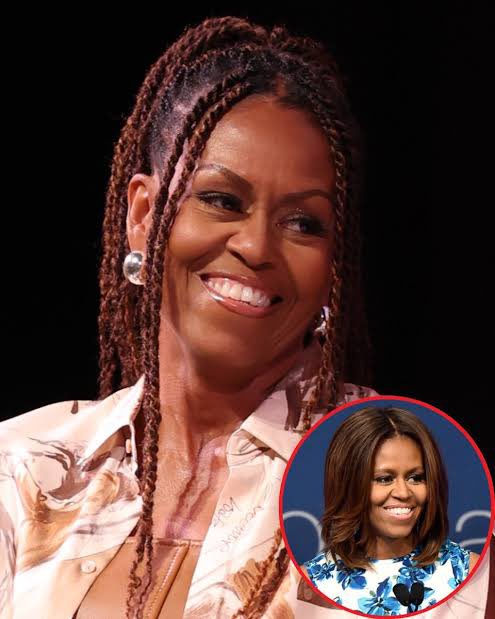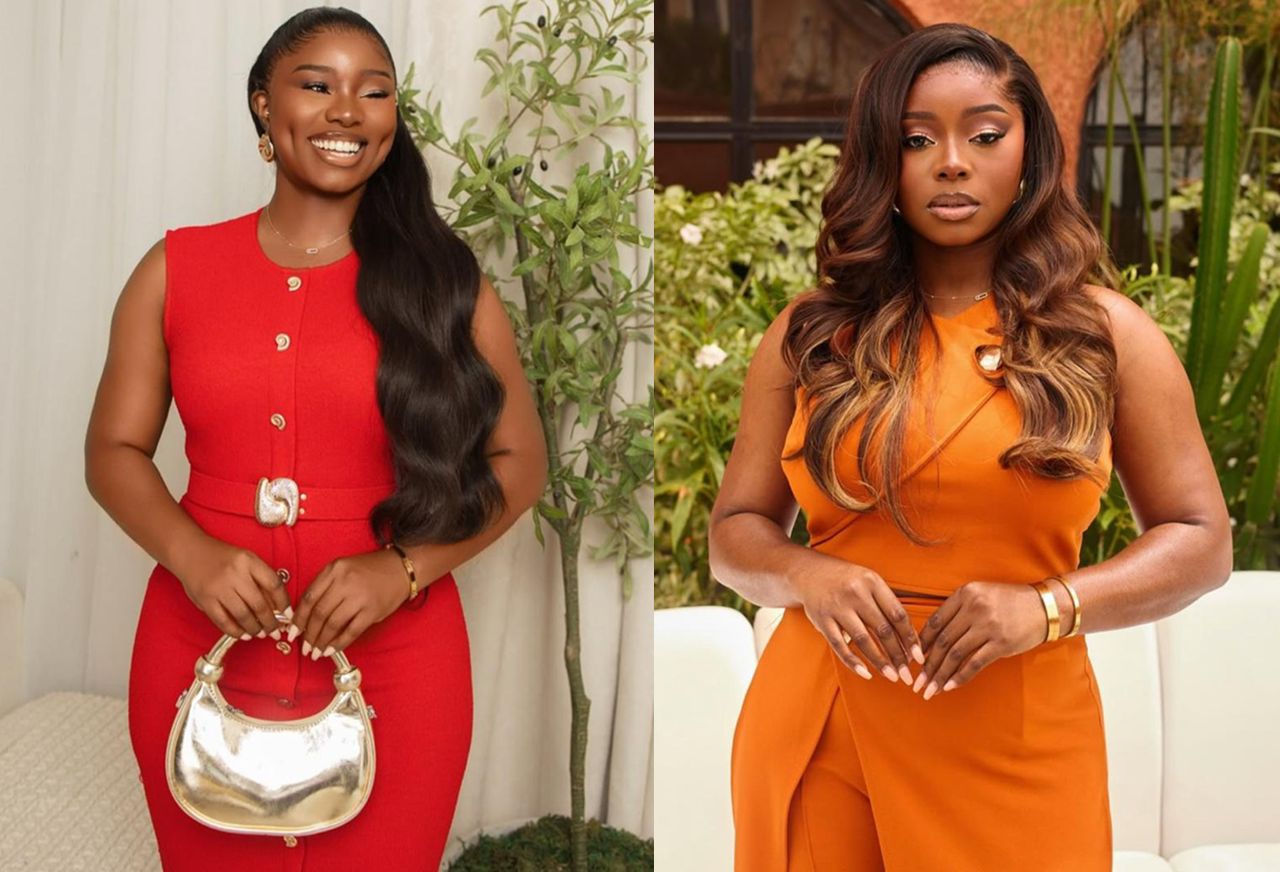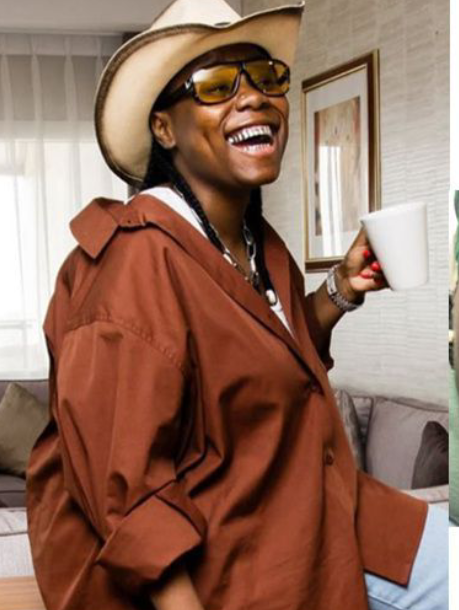
Michelle Obama Opens Up About Why She Avoided Braids in the White House: “America Wasn’t Ready

Former U.S. First Lady Michelle Obama has opened up about a deeply personal choice she made during her time in the White House — one that reveals the unspoken weight of representation and image placed upon Black women in positions of power. Speaking candidly about her decision to wear her hair in a more “traditional” style throughout her husband Barack Obama’s presidency, Michelle admitted that she intentionally avoided wearing braids or embracing her natural curls because she believed “America wasn’t ready” for that look at the time.
Her words have since sparked a nationwide conversation on race, politics, beauty standards, and the quiet pressures faced by Black women in spaces historically dominated by Eurocentric ideals. During a recent discussion, Michelle explained that despite her love for her natural hair, she felt compelled to conform to societal expectations in order to maintain focus on the work her husband was doing in office, rather than become a distraction over something as personal as her hairstyle.
“I did not wear braids in the White House,” she said. “We had to keep things simple. America, my view was, was just getting adjusted to having a Black First Family in the White House. I wasn’t going to make the job harder by rocking natural hair.” Her statement resonated deeply across social media, as many people reflected on how much unspoken compromise comes with being “the first” or “the only” in any powerful position.
For eight years, Michelle Obama was not only a First Lady but also a symbol of grace, intelligence, and resilience. Her influence extended far beyond politics — she became a cultural icon who redefined what leadership, motherhood, and elegance looked like for millions of women, particularly women of color. Yet, as her latest revelation highlights, even she was not immune to the subtle constraints of public perception. Behind her polished image lay careful calculations about how her appearance might be interpreted, debated, or politicized.
In retrospect, her decision speaks volumes about the political climate of the time. When the Obamas entered the White House in 2009, the nation was both celebrating history and confronting its own deep-seated prejudices. Barack Obama’s presidency represented progress, but it also exposed lingering racial anxieties across the country. Against that backdrop, Michelle understood that every element of their public image — from her words to her wardrobe — could become a flashpoint for controversy.
By choosing to keep her hair straightened or styled in ways that aligned with mainstream expectations, she avoided giving critics a new excuse to question the legitimacy or “professionalism” of the First Family. “Let’s just get through eight years,” she said with a laugh during one talk, acknowledging the weight behind what she made sound like a simple decision. The choice, while strategic, underscores the intersection of politics and identity in America — and the emotional toll it can take on those under constant scrutiny.
Many observers have pointed out that Michelle Obama’s honesty about her hair choices reveals something much larger about the pressures placed on Black women in professional spaces. Corporate America, entertainment, media, and politics have long held narrow standards of what is deemed “acceptable,” often leaving women of color navigating a delicate balance between authenticity and assimilation. The fact that even one of the most admired and powerful women in the world felt that she couldn’t freely wear her natural hair underscores how deep those biases run.
Since leaving the White House, however, Michelle has gradually embraced her natural curls more publicly. In appearances, book tours, and interviews, she has worn her hair in braids, twists, and curly styles — choices that have been widely celebrated. To many, her evolving look symbolizes freedom, confidence, and a cultural shift toward acceptance of natural beauty in spaces that once rejected it. Fans have flooded social media with praise, describing her as “liberated,” “authentic,” and “an example for the next generation.”
Her journey mirrors that of many Black women across the United States who have learned to embrace their natural textures after years of societal pressure to conform. The rise of the natural hair movement over the past decade has transformed the conversation around beauty standards, pushing for broader acceptance and challenging the idea that professionalism requires straight hair. Still, Michelle’s revelation serves as a reminder that even today, these conversations are not fully settled.
Critics and commentators have used her remarks as an entry point to discuss how much progress America has — or hasn’t — made. Some argue that the country is far more accepting now, pointing to the visibility of natural hair in politics, media, and corporate leadership. Others caution that the very need for such a discussion shows how slow that progress has been. In 2019, California passed the CROWN Act, which prohibits discrimination based on hair texture and protective styles such as braids and locs — a law that has since been adopted by several other states. The existence of such legislation, many say, only proves that hair-based discrimination remains a real and pressing issue.
For Michelle Obama, her decision back then wasn’t just about hair — it was about strategy, perception, and survival in a political landscape that dissected her every move. Throughout her time as First Lady, she was often labeled as “too outspoken,” “too strong,” or “too angry” — stereotypes frequently weaponized against Black women. In that environment, she understood that even something as personal as a hairstyle could be turned into a symbol of defiance or controversy.
By sharing her story now, Michelle offers both reflection and liberation. It’s not a confession of regret but a clear-eyed acknowledgment of the realities she faced — and an encouragement for others to recognize how much representation costs. Her transparency is part of what has made her one of the most trusted public figures of her generation. Whether she’s speaking about family, politics, or personal struggles, she has an uncanny ability to merge vulnerability with strength.
The reaction online has been overwhelmingly empathetic. Many women, particularly those who have felt pressure to “tone down” aspects of themselves in professional or social spaces, related to her story. Tweets and posts poured in from fans saying things like, “I get it — I’ve straightened my hair for job interviews just to be taken seriously,” and “Michelle was protecting the bigger picture. That’s what leaders do.” Others expressed sadness that she ever had to make such a choice, arguing that true progress will only come when Black women can exist in positions of power without negotiating parts of their identity.
In hindsight, Michelle Obama’s years in the White House were a balancing act — between tradition and change, expectation and individuality, visibility and vulnerability. Her decision to avoid braids wasn’t about denying her roots but about navigating a country still learning to accept them. And now, years later, with her natural curls and braids on full display, she stands as a testament to evolution — not just her own, but America’s too.
Her story reminds us that change, even in something as seemingly simple as hair, often begins quietly — through choices, sacrifices, and the courage to tell the truth long after the fact. And in that truth, Michelle Obama continues to do what she has always done best: lead by example, one honest conversation at a time.


